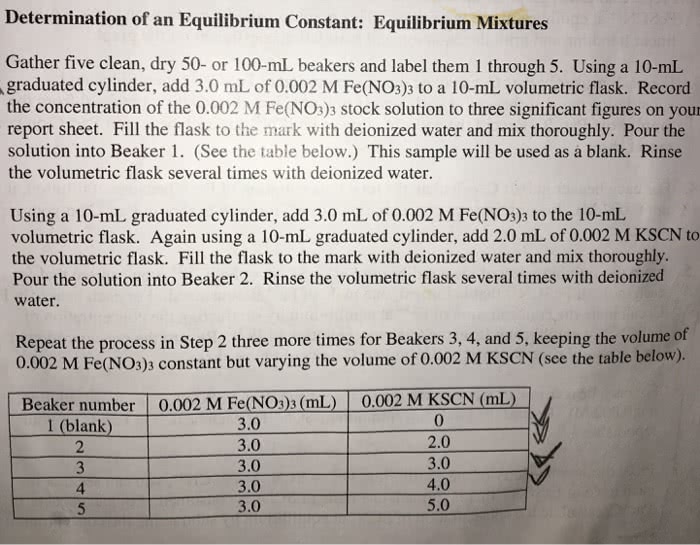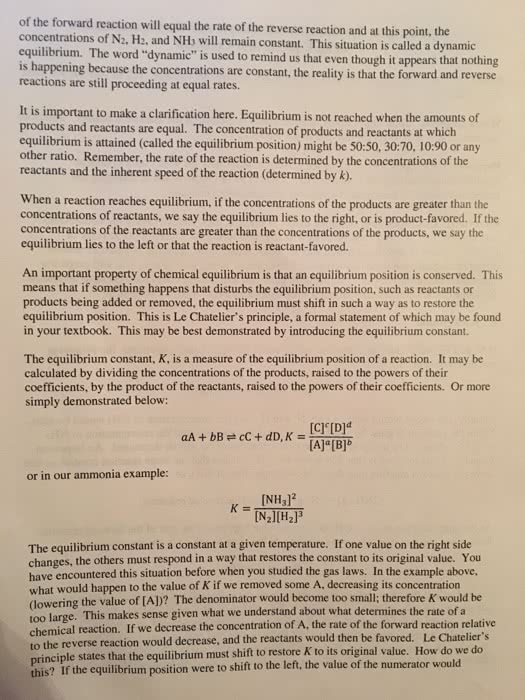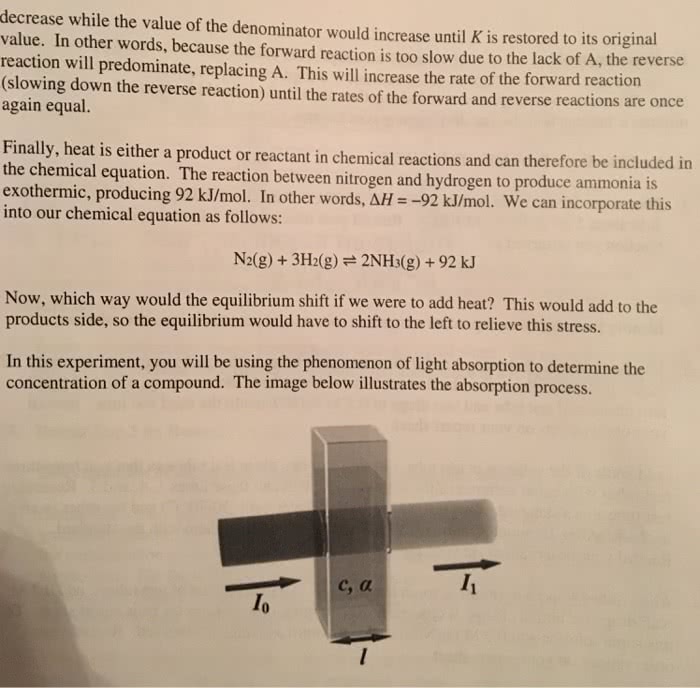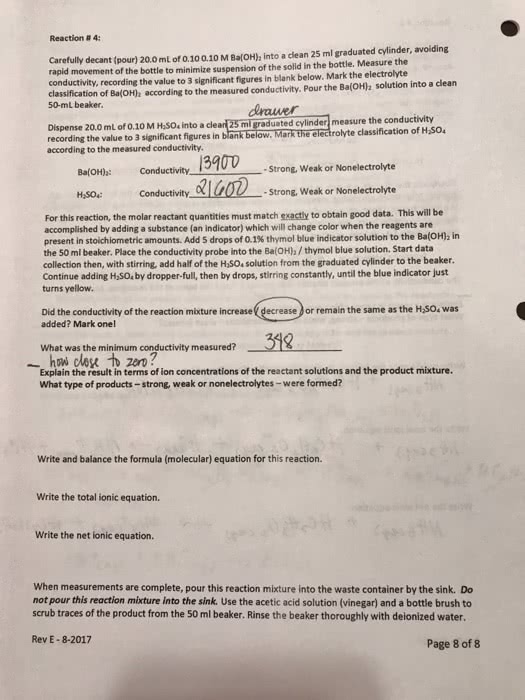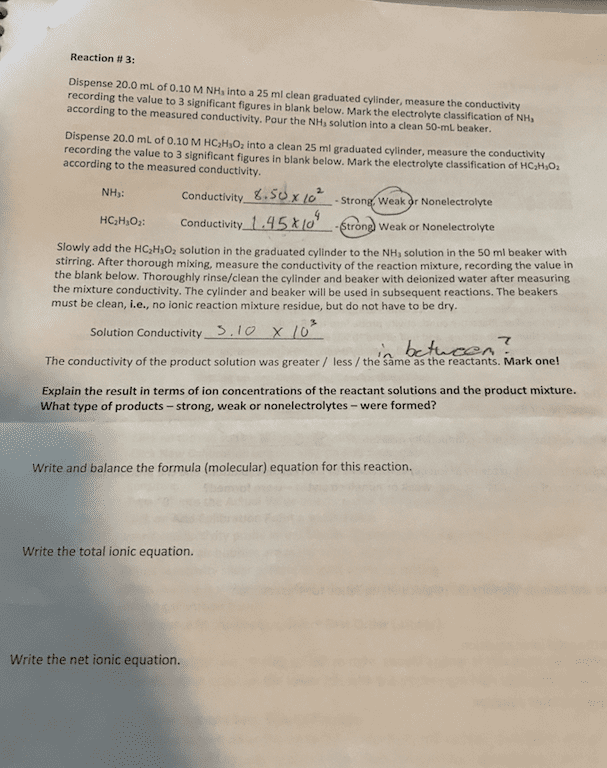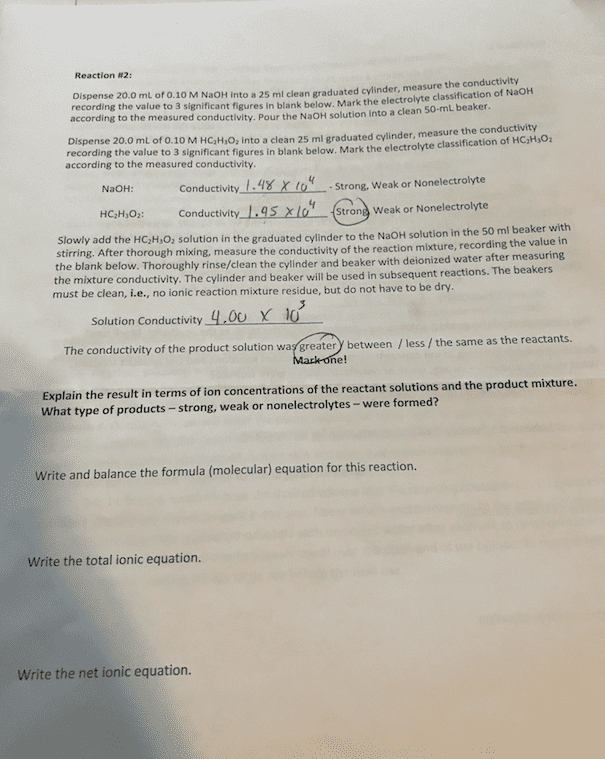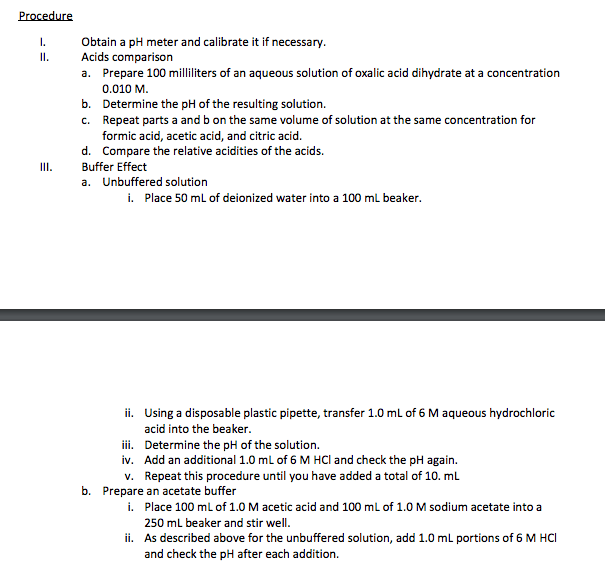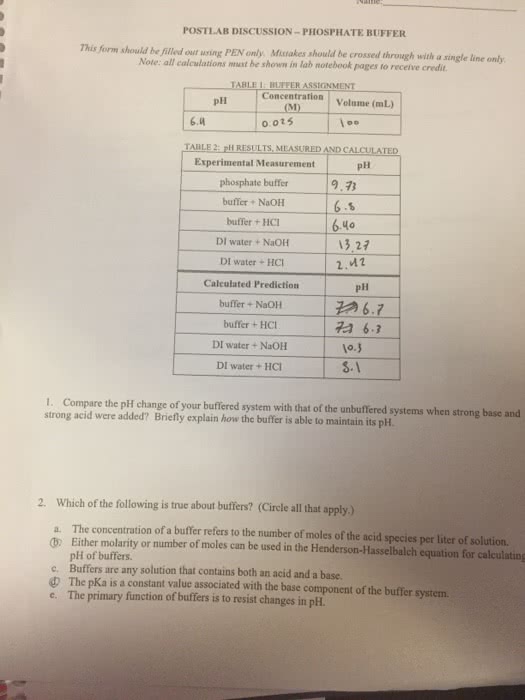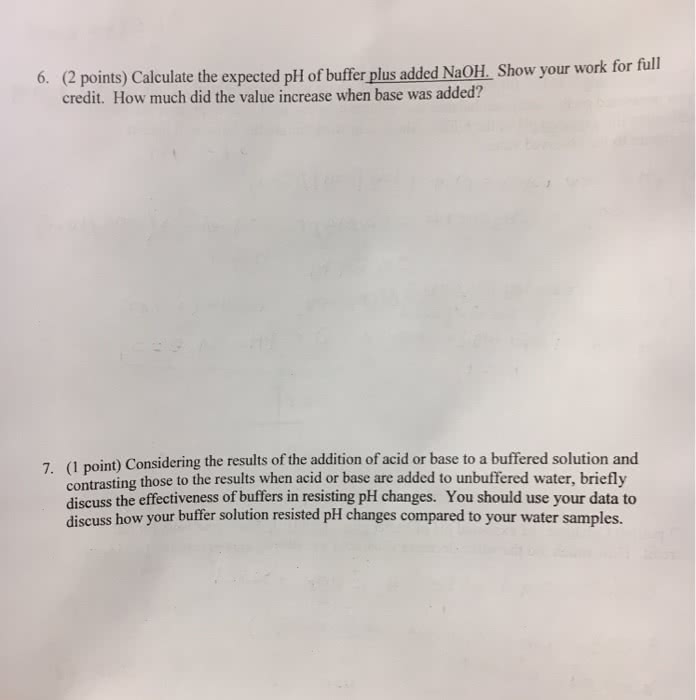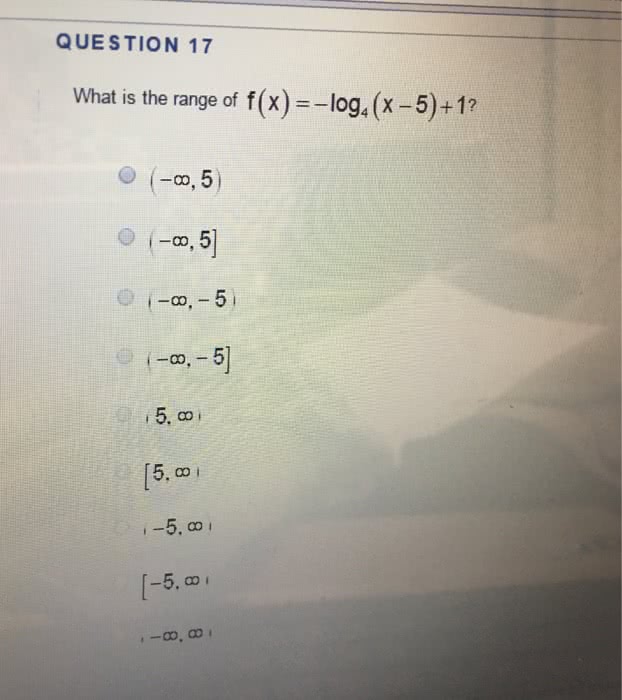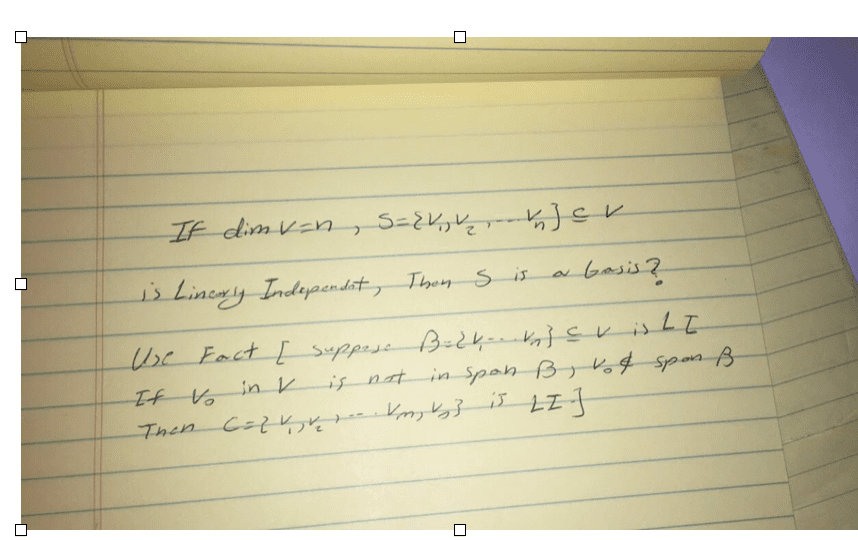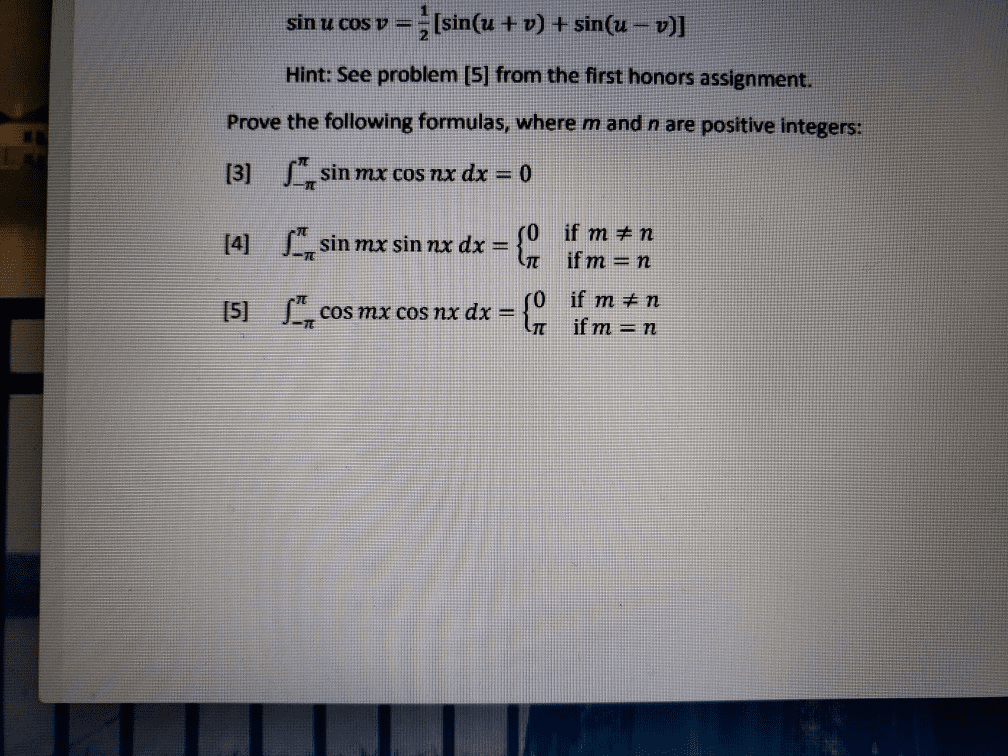shubhamsoniss1998
Shubham Soni
2 Followers
0 Following
1 Helped
Data Scientiest
24 Jan 2023
Answer: Write your question first
23 Jan 2023
Answer: Yes, I did know that Mount Kilimanjaro is one of the most amazing moun...
23 Jan 2023
Answer: The concentration of Co(NO3)2. 6H2O is 0.010 M. This was the solution ...
23 Jan 2023
Answer: Molecular LevelPicture 1: Before the addition of the compound, the rea...
23 Jan 2023
Answer: The conductivity of the reaction mixture increased as the H2SO4 was ad...
23 Jan 2023
Answer: 1. The order of the reaction in sodium hydroxide is first order, and t...
23 Jan 2023
Answer: Greater. The result indicates that the product solution has a higher c...
23 Jan 2023
Answer:The result can be explained by the fact that the conductivity of the re...
23 Jan 2023
Answer: A 0.50 0.50 4.76 4.76B 0.50 0.50 4.76 4.76C 0.50 0.50 4.76 4.76The the...
23 Jan 2023
Answer: The buffering effect will fail when the total amount of 6 M hydrochlor...
23 Jan 2023
Answer: Unbuffered:10 mL HCl Added: pH = 120 mL HCl Added: pH = 230 mL HCl Add...
23 Jan 2023
Answer: A) The initial pH of the buffered solution can be determined using the...
23 Jan 2023
Answer: A) H2PO4- reacted with the HCl, changing to HPO42- and removing H+ fro...
23 Jan 2023
Answer: Answer 1: Solution 2 was the most subject to pH change because it was ...
23 Jan 2023
Answer: Water is a polar molecule, meaning it has a positive and negative char...
23 Jan 2023
Answer: The buffer is able to maintain its pH by neutralizing the strong acid ...
23 Jan 2023
Answer: Buffers are effective at resisting pH changes because they contain wea...
23 Jan 2023
Answer: Before Addition: The pH of buffer before adding NaOH is 4.533.After Ad...
23 Jan 2023
Answer: Yes, the buffer did minimize changes in pH with each addition compared...
23 Jan 2023
Answer: My most influential factor when it comes to my food choices is nutriti...
23 Jan 2023
Answer: b. $ 9,308Step-by-step explanation: Total assets = Cash + Accounts rec...
23 Jan 2023
Answer: RA11313 is a good step towards establishing gender equality in the wor...
23 Jan 2023
Answer: The definition of Completeness is the ability of a problem to be solve...
23 Jan 2023
Answer: D. Reagan uses fact: "1/4th of farming in America is responsible for 8...
23 Jan 2023
Answer: D. 1
23 Jan 2023
Answer: [-5, infinity)
23 Jan 2023
Answer: A. He portrays them as impoverished.
23 Jan 2023
Answer:10 lawde
23 Jan 2023
Answer: RA 11313 is a positive step towards addressing gender based sexual har...
23 Jan 2023
Answer: a. Batteries in Finished Goods Inventory – Balance SheetCost of Batter...
23 Jan 2023
Answer: RA 11313, or the Anti-Hazing Law of 2018, is a Philippine law that was...
23 Jan 2023
Answer: (a)Machine 1: Accumulated Amortization = $11,000Machine 2: Accumulated...
23 Jan 2023
Answer: 1. The Negros Oriental State University (NORSU) can promote Republic A...
23 Jan 2023
Answer: The National Reintegration Center for OFWs (NORSU) can promote and imp...
23 Jan 2023
Answer: No, S is not necessarily a basis. To show that a set S of vectors is a...
23 Jan 2023
Answer: A(v vector_1 + v vector_2) = A(-4, 5) + A(2, -3) = (-20, -15)A(-2 v ve...
23 Jan 2023
Answer: Proof: [3]Using the identity sin(u + v) + sin(u - v) = 2 sin u cos v a...
19 Jan 2023
Answer: The average mass of a goat is around 68-90 kg (150-200 lbs).
19 Jan 2023
Answer: Total monthly payment = Interest payment + Sinking fund paymentTotal m...
19 Jan 2023
Answer: Total yearly payment = $15,000 + $7,500 = $22,500
